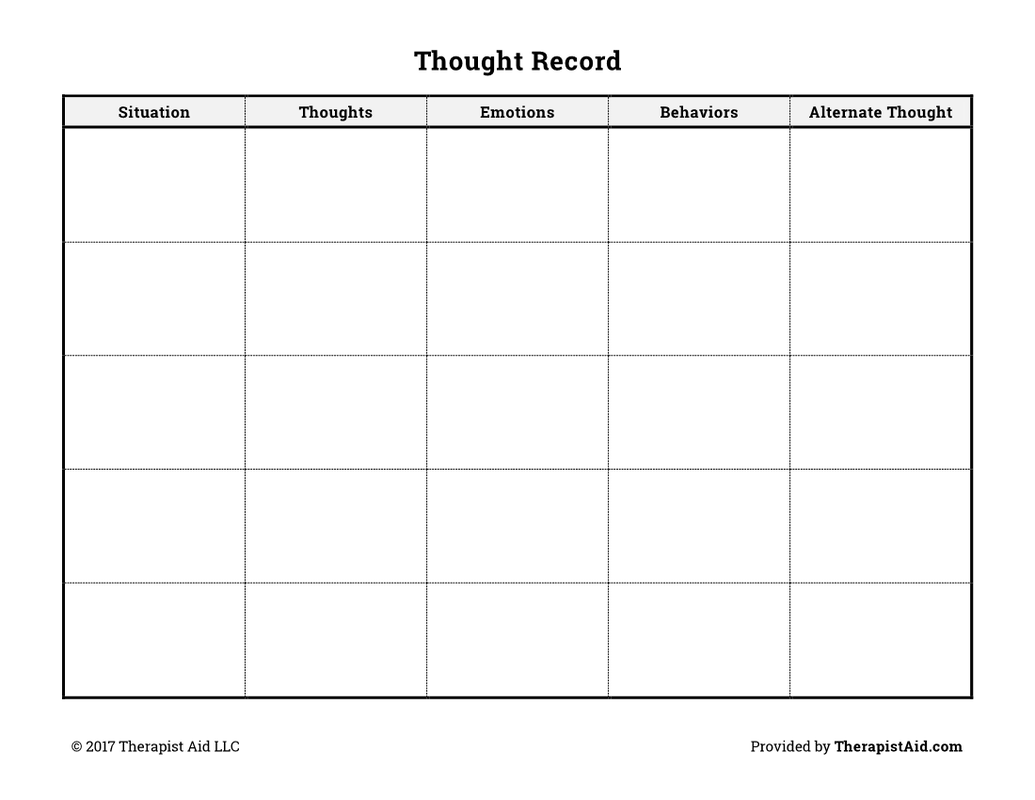|
Blog Author: Amy Hamby, Intern Counselor Cognitive Behavior Therapy (CBT) focuses on recognizing and altering automatic thoughts because these cognitions strongly influence emotions and behavior. (Wright et al., 2017, pg. 125) In other words, CBT is a practical treatment approach that helps clients acquaint themselves with negative thoughts and behaviors, which allows them to view these experiences and change how they reason and respond. Furthermore, it is vital to determine the difference in how thoughts reflect upon how we feel and act and how to respond efficiently throughout the thought process emotionally. Also, your thoughts are what is reoccurring in your outlook, what causes the feelings to occur, and assist with making sense of whatever is happening. Meanwhile, your emotions are how you feel within the moment that makes up the emotional experience Additionally, understanding how to separate one's thoughts and emotions will help the individual with the association of understanding that their thoughts and emotions can influence an emotional response. Individual thoughts make you cognizant of negative thinking and know how to respond effectively. This includes the importance of a thought record, which provides for "features such as labeling cognitive errors, examining the evidence, and generating rational alternatives is usually delayed until the patient gains experience and confidence in identifying automatic thoughts." (Wright et al., 2017, pg. 99) On the other hand, "Emotion is the royal road to cognition because thought patterns linked to significant emotional expression offer rich opportunities for drawing out some of the patient's most important automatic thoughts and schemas." (Wright et al., 2017, pg. 95) Overall, thoughts and emotions can help clients recognize and explore all the different reactions and thoughts that contribute to an individual's actions and how a therapist can assist with ruling out negative emotions, exploring automatic thoughts, and giving the alternative client perspectives on how an individual feels. Below is an example of a thought record.
Thought record - therapist aid. (n.d.). Retrieved August 29, 2022, from https://www.therapistaid.com/worksheets/thought-record Wright, J. H., Brown, G. K., Thase, M. E., & Basco, M. R. (2017). (2nd edition) Learning cognitive-behavior therapy: An illustrated guide. American Psychiatric Publishing, Inc
0 Comments
Your comment will be posted after it is approved.
Leave a Reply. |
Archives
March 2024
|
